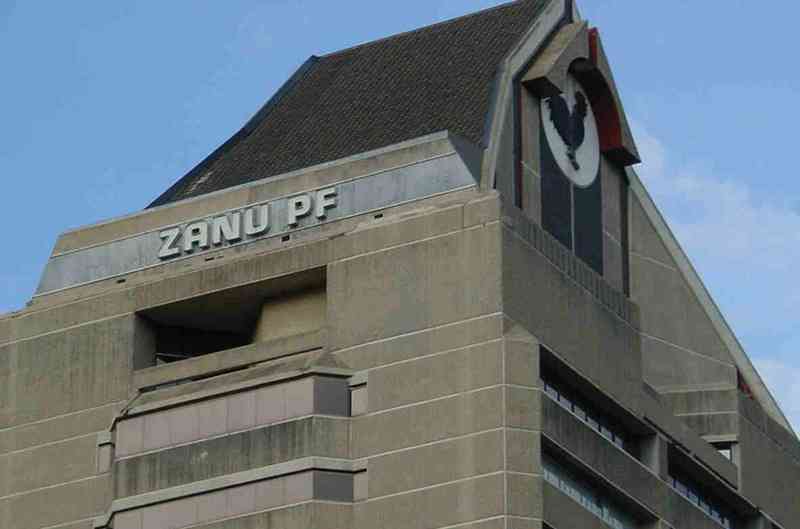
THE sun was setting over the once-thriving commercial farm, casting a golden glow over the now-abandoned fields.
It was a far cry from the chaos and violence that had erupted here in the early 2000s, as Zimbabwe’s land reform programme tore through the countryside, leaving destruction and devastation in its wake.
The programme, okayed by the late President Robert Mugabe’s government in 2000 after being pressurised by war veterans, aimed to repossess land from white commercial farmers and distribute it among indigenous black farmers.
But what began as a noble effort to address historical injustices quickly descended into chaos and violence.
In Hurungwe, one of the hardest-hit areas, white commercial farmers were driven off their land by mobs of indigenous black farmers, often with the tacit support of the government.
The farmers, many of whom had lived and worked on the land for generations, were forced to flee with their lives, leaving behind homes, livestock and livelihoods.
“I remember the day they came for us,” said Jane Wilson, a former commercial farmer who was forced off her land in 2002.
“It was like a war zone. They were armed, and they were angry. We had to run for our lives.”
- Smuggling of gems bleeding Zim’s economy
- Artists must set strategic goals: Arts Council
- Confusion rocks Zanu PF audit
- Smuggling of gems bleeding Zim’s economy
Keep Reading
The Wilsons, like many other white commercial farmers, had invested their lives and livelihoods in their farm.
They had built a thriving business, employing dozens of local workers and contributing to the local economy.
Other white commercial farmers, such as John Taylor, Emily Jenkins, Michael Brown, and David Smith, shared similar experiences.
Taylor, who had farmed in Zimbabwe for over 20 years, was forced off his land in 2001.
“I was given just a few hours’ notice to leave,” he said.
“I had to abandon everything — my home, my farm, my livelihood.”
Jenkins, who had lived on her farm in Hurungwe for over 30 years, was forced off her land in 2002.
“It was a traumatic experience,” she said.
“I was threatened and intimidated by the mob that came to take over my farm.”
Another farmer, Brown, who had tilled on his land for over 15 years, was forced off in 2003.
He chronicled how he was assaulted by a youth militia.
“I was beaten by the youths and arrested by the police,” he said.
“I was accused of resisting the land reform programme.”
Having farmed in Zimbabwe for over 25 years, Smith, another farmer, was forced off his land in 2004.
He lost everything in the process.
“I lost everything,” he said.
“My farm, my home, my livelihood. I had to start from scratch.”
The violence and intimidation that accompanied the land reform programme were not limited to Hurungwe.
Across the country, white commercial farmers were forced off their land, often with little or no compensation.
Many were beaten, arrested or even killed.
The programme also had a devastating impact on the country’s economy.
Agricultural production plummeted, leading to food shortages and widespread poverty.
The country’s agricultural infrastructure, once one of the best in Africa, began to crumble.
Today, the legacy of the land reform programme remains contentious.
While some argue that it was a necessary step towards addressing historical injustices, others see it as a catastrophic failure that has left the country in ruins.
“Zimbabwe’s land reform programme was a long-standing issue that fuelled the country’s struggle for independence from the white minority colonial government,” said Rashweat Mukundu, a Zimbabwean political analyst.
“The programme aimed to address historical injustices dating back to the 1890s, when land was forcibly taken from indigenous Zimbabweans.”
However, Mukundu noted that the fast-track land reform programme implemented by the Zanu PF government was marred by politicisation, violence and a lack of transparency.
“Instead of promoting social justice and economic inclusivity, the programme was often used as a tool for political patronage, with well-connected individuals receiving large tracts of land.”
Mukundu also pointed out that much of the violence associated with the programme was directed against black African communities, including farm workers and opposition members, rather than white farm owners.
In Hurungwe, the scars of the programme are still visible.
Many of the farms that were seized from white commercial farmers now lie abandoned and derelict. The indigenous black farmers who took over the land often lacked the resources and expertise to maintain the farms, leading to a sharp decline in agricultural production.
Despite the controversy surrounding the land reform programme, there are some who argue that it has had some positive effects.
They say the programme has enabled thousands of indigenous black farmers to access land that was previously denied to them.
However, many of them have not been using these farms productively.










